Utilizing a combine harvester brings multiple advantages to the agricultural process, particularly in streamlining the harvesting of rice. These machines integrate reaping, threshing, and cleaning into a single operation, significantly enhancing efficiency. The automation of these tasks reduces the time taken to harvest, allowing crops to be processed and ready for market at a faster rate. This timely harvesting is crucial in mitigating the risk of crop damage due to unpredictable weather conditions.
Moreover, the precision of combine harvesters in separating grain from chaff results in a cleaner end product. This efficiency not only minimizes grain loss during the harvesting process but also contributes to a higher standard of the final yield. The reduced reliance on manual labor, a growing challenge due to urban migration, is another key benefit. By handling the tasks of several workers, combine harvesters cut down on labor costs and overall production expenses, potentially increasing farm profitability.
In summary, the right rice combine harvester can transform the harvesting process by combining speed, efficiency, and quality, leading to a more streamlined operation with less physical strain on workers. The use of such machinery is a step towards modernizing agricultural practices and ensuring a more sustainable and economically viable approach to rice farming.
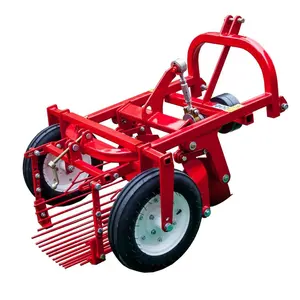




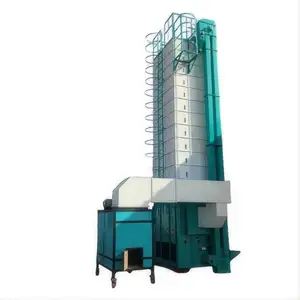

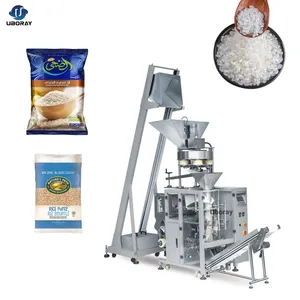



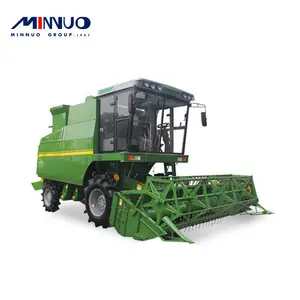



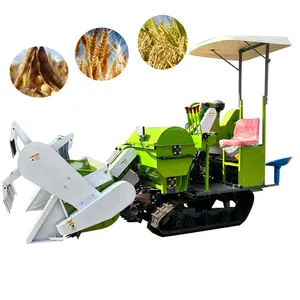
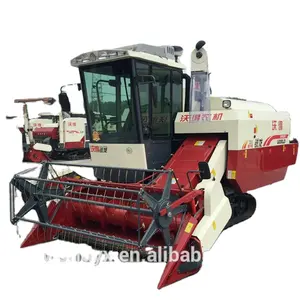




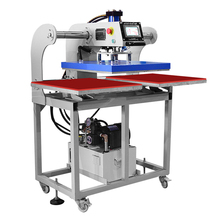






























 浙公网安备 33010002000092号
浙公网安备 33010002000092号 浙B2-20120091-4
浙B2-20120091-4